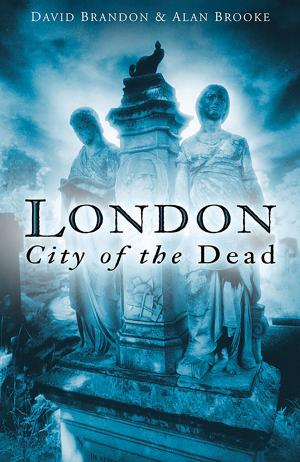Life in the Victorian Hospital
Nonfiction, Health & Well Being, Medical, Reference, History, British| Author: | Michelle Higgs | ISBN: | 9780750984768 |
| Publisher: | The History Press | Publication: | May 1, 2017 |
| Imprint: | The History Press | Language: | English |
| Author: | Michelle Higgs |
| ISBN: | 9780750984768 |
| Publisher: | The History Press |
| Publication: | May 1, 2017 |
| Imprint: | The History Press |
| Language: | English |
Throughout the Victorian period, life-threatening diseases were no respecter of class, affecting rich and poor alike. However, the medical treatment for such diseases differed significantly, depending on the class of patient. The wealthy received private medical treatment at home or, later, in a practitioner's consulting room. The middle classes might also pay for their treatment but, in addition, they could attend one of an increasing number of specialist hospitals. The working classes could get free treatment from charitable voluntary hospitals or dispensaries. For the abject poor who were receiving poor relief, their only option was to seek treatment at the workhouse infirmary. The experience of a patient going into hospital at this time was vastly different from that at the end. This was not just in terms of being attended by trained nurses or in the medical and surgical advances which had taken place. Different methods for treating diseases and the use of antiseptic and aseptic techniques to combat killer hospital infections led to a much higher standard of care than was previously available.
Throughout the Victorian period, life-threatening diseases were no respecter of class, affecting rich and poor alike. However, the medical treatment for such diseases differed significantly, depending on the class of patient. The wealthy received private medical treatment at home or, later, in a practitioner's consulting room. The middle classes might also pay for their treatment but, in addition, they could attend one of an increasing number of specialist hospitals. The working classes could get free treatment from charitable voluntary hospitals or dispensaries. For the abject poor who were receiving poor relief, their only option was to seek treatment at the workhouse infirmary. The experience of a patient going into hospital at this time was vastly different from that at the end. This was not just in terms of being attended by trained nurses or in the medical and surgical advances which had taken place. Different methods for treating diseases and the use of antiseptic and aseptic techniques to combat killer hospital infections led to a much higher standard of care than was previously available.















